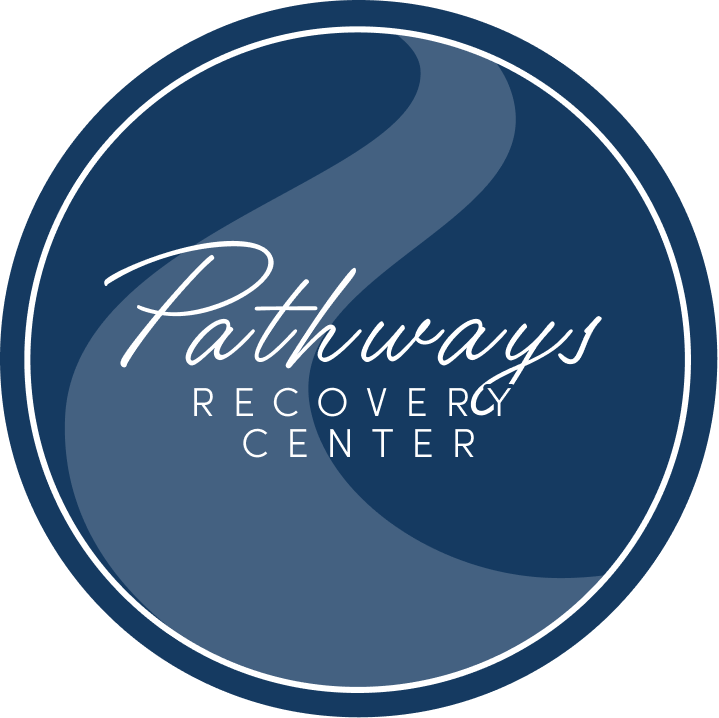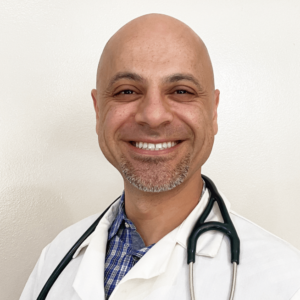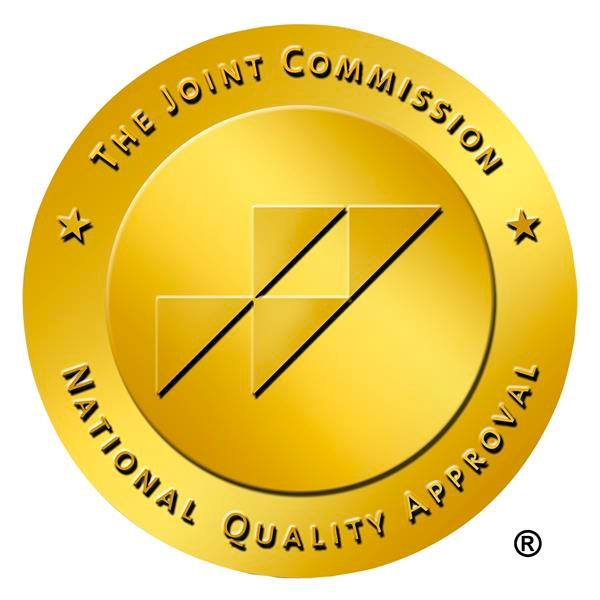Although drug overdose has always been a concern, recent research from the Centers for Disease Control and Prevention (CDC) has highlighted drug overdose as an urgently concerning epidemic. Research data from a 12-month period (ending in April of 2021) found that drug overdose deaths have topped 100,000 annually in the United States, nearly double from the prior 12-month period. Additional research has determined that nearly 75% of these deaths involved an opioid.
The opioid epidemic has been on the rise for the last decade. However, the publication of this research has made many individuals question the underlying causes of these devastating deaths. Not everyone who loses their life from an overdose has an addiction. Meanwhile, the lives that have been lost due to addiction and associated overdose could have been prevented. Understanding this epidemic and the concerns surrounding opioid abuse and addiction is instrumental in ensuring an individual’s well-being and preventing overdose deaths.
Understanding Opioids
Opioids are a class of drugs that are used to reduce and manage pain. They include legal prescription medications prescribed to treat moderate to severe pain symptoms and illicit drugs. The most common type of prescription opioids include:
- Oxycodone (OxyContin)
- Hydrocodone (Vicodin)
- Morphine
- Methadone
Heroin is also considered an opioid. It is an illegal, highly addictive street drug made from morphine. According to data from the National Institute on Drug Abuse (NIDA), 80% of individuals who use heroin first misused prescription opioids.
Fentanyl
Fentanyl is becoming more widely known because it is associated with most overdose deaths. However, it is important to understand that fentanyl is also used as a pharmaceutical drug used to treat severe pain. Meanwhile, most fentanyl-related harms are liked to illicit fentanyl. This type of fentanyl is unregulated, synthesized, and sold through illegal drug markets.
Opioid Use, Misuse, Abuse, and Addiction
Doctors often prescribe opioids following major injuries or surgeries as a short-term, highly effective pain reliever. Generally, when they are used short-tern, as prescribed by a doctor, potential health risks and concerns are minimized.
However, some doctors also prescribe them as a long-term solution to treat chronic pain. Due to their addictive nature, opioids can interfere with normal brain structure and functioning. Repeated, prolonged use can quickly lead an individual to develop chemical dependency as well as addiction.
When Use Becomes Misuse
There are significant lines to be drawn to properly differentiate use from misuse, misuse from abuse, and abuse from addiction. First, substance use becomes misuse when the following occurs:
- Taking medication in a dose or manner other than what was prescribed
- Taking someone else’s prescription, even for a legit medical complaint
- Missing a dose
When Misuse Becomes Abuse
Substance misuse develops into substance abuse when an individual uses medication or a drug with the intent to get high. Substance abuse can quickly develop into addiction when it is not addressed.
When Abuse Becomes Addiction
Through time and repeated use, substance abuse will develop into substance use disorder (SUD). The most severe type of SUD is addiction. The NIDA defines drug addiction as “a chronic disease characterized by drug seeking and use that is compulsive, or difficult to control, despite harmful consequences.” When an individual has an addiction to opioids, they are referred to as having opioid use disorder (OUD).
Unintentional Opioid Overdose Deaths
Many individuals have loved ones who have passed away from an intentional overdose. These deaths may have been perceived by these loved ones as outlets for daunting emotions, thoughts, and behavior patterns that often surface from addiction. In this case, it is essential for individuals to understand that addiction treatment is effective and that recovery is possible. Suicidal ideation is a warning sign that professional treatment can help address.
On the other hand, many individuals have loved ones who have passed away from unintentional overdose. Within the opioid epidemic, many drug overdose deaths are considered unintentional. Death can occur when an individual consumes more of a drug than what their body can withstand.
However, death can also occur when an individual consumes any illicit street drug, as many of these drugs are contaminated or “cut” with other substances. Fentanyl has become an increasingly used additive in street drugs. This is because fentanyl is cheap yet extremely potent. The Drug Enforcement Administration (DEA) explains that 10-15 grains (of table salt) worth of fentanyl can be considered a lethal dose.
Fentanyl is often mixed with street drugs such as cocaine, ecstasy, and other drugs. Potential buyers may think they are purchasing pure cocaine, but instead, they purchase a contaminated drug. Therefore, purchasing street drugs of any kind can increase an individual’s risk of overdose death.
Combatting the Opioid Epidemic
Whether or not an individual uses drugs, anyone can work to combat the opioid epidemic. The U.S. Department of Health and Human Services (HHS) suggests the following ways that individuals can work together to save lives.
Primary Prevention
Preventing SUD and addiction from developing is the first step in addressing overdose deaths and the opioid epidemic. Become educated about the long-term effects of substance abuse and educate loved ones. Spread prevention strategies and promote harm reduction.
Harm Reduction
Harm reduction is a strategy used to minimize the health risks for individuals that use drugs. Amidst the opioid epidemic, harm reduction can include learning how to administer Narcan (naloxone) and possessing it at all times. It also includes working to reduce addiction stigma through education.
Evidence-Based Treatment
Professional treatment must be suggested for those struggling with substance abuse and SUD. Evidence-based treatment is often required to recover from SUD and its long-lasting effects.
Recovery Support
To effectively recover from SUD, support resources must be accessible and utilized. Such support services can lead to better health outcomes and overall quality of life.
Drug overdose deaths are becoming more prevalent every year. To reduce the number of these deaths, we must address the issues contributing to the opioid epidemic. Prescription pain relievers must be taken exactly as prescribed by a doctor, or use can quickly develop into misuse. When an individual uses a medication with the intent to get high, it is considered substance abuse. Pathways Recovery Center understands how important it is to address substance misuse and abuse as it occurs. These types of substance use can inform addiction and substance use disorder, which can increase an individual’s risk of a drug overdose. If you or a loved one is struggling, treatment can help — call (888) 771-0966 today.






